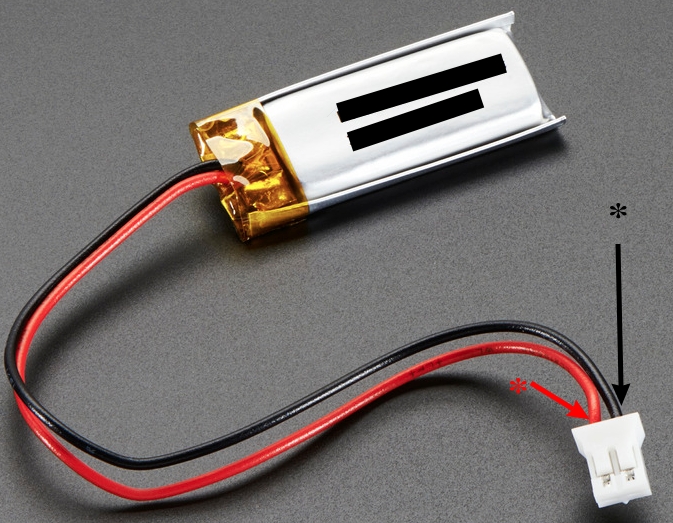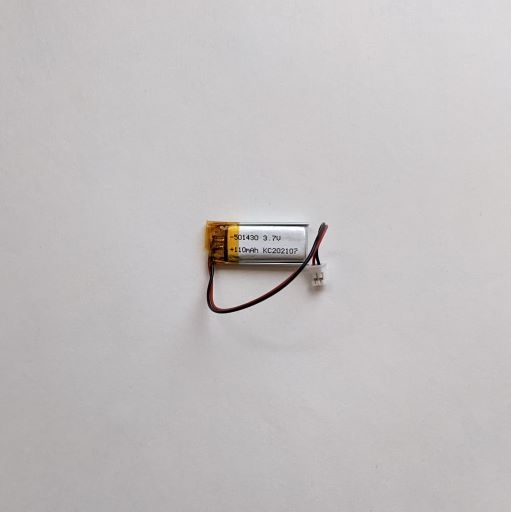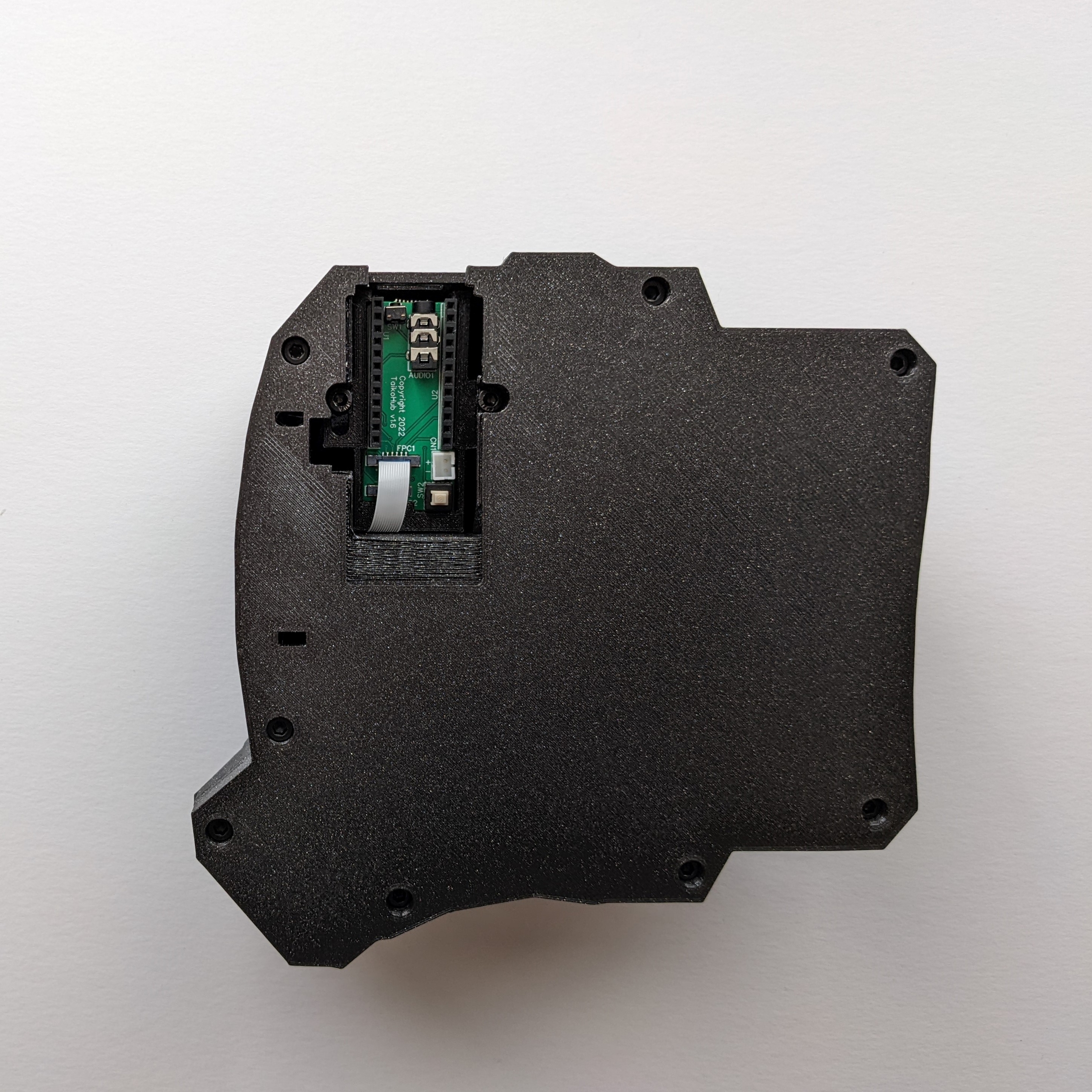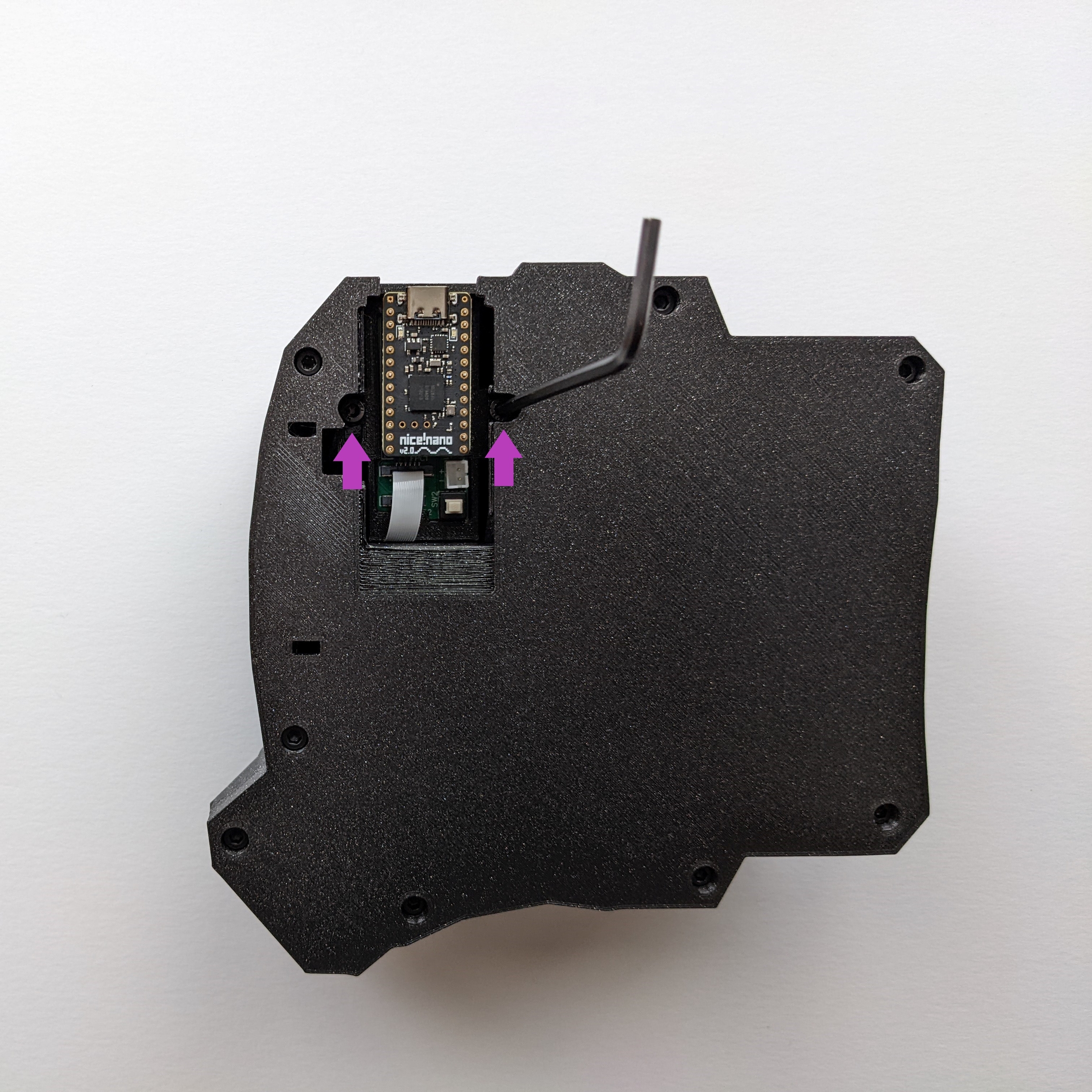7.1 Swapping Microcontrollers: Bluetooth
Converting dactyl manuform keyboard to bluetooth
7.1.1 Introduction
This page discusses how to convert your non-Bluetooth dactyl manuform keyboard to a Bluetooth-enabled keyboard. If you have purchased a Bluetooth-enabled keyboard directly on our store, then this page is not relevant to you because Bluetooth has already been setup for you.
Unplug any cords or batteries before swapping your microcontrollers.
7.1.2 Necessary tools and components
Double check the LiPo battery for your microcontroller! Different microcontrollers may require different batteries. Using the wrong battery can lead to explosions!
Make sure that your JST-PH is correctly wired! The black wire and red wire should be in the correct orientation on the JST-PH connector, as shown in Figure 7.1.1.
It's recommended you use batteries from Adafruit or Sparkfun. You can use other vendors, but note that some vendors sell LiPo batteries with their wires reversed. See video on this issue by Adafruit here.


7.1.3 Adding Bluetooth
Remove the plastic cover and take out the default microcontroller that came with the keyboard.

Insert the Bluetooth enabled microcontroller.
Optional: If you want the USB-C port to be closer to the edge of the keyboard, you can loosen the screws counterclockwise with an 3mm Allen Key by a half circle. Then slide the PCB forward. Tighten the screw again afterwards by turning it clockwise.

Insert the LiPo battery.
No special instructions for inserting the battery. As long as you obtained the correct battery, the connector will insert correctly. This is because the JST-PH socket can only accept the battery header in one direction.

Put the cover back on.
You did it 🎉! Proceed to the section on flashing your keyboard with ZMK.

Last updated